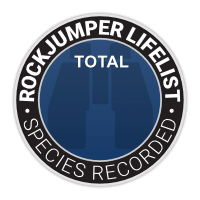On-line bookings
Did you know that you can now book tours directly on our website? Sign up and log in to your account to easily book tours!
Frequently asked questions
We have gathered the most common questions asked into our helpful FAQ. From tours, pricing, signups, tour preparation…
Explore the 7 continents
This unique offer allowes hundreds of our guests to bird the 7 continents over a 7-year period AND achieve massive savings in the process.
Visit our Instagram Page
The Ultimate Birding Experience
